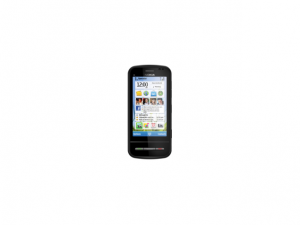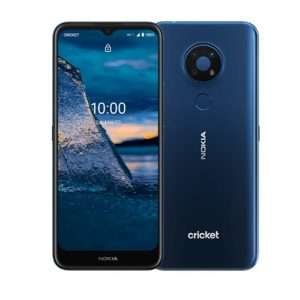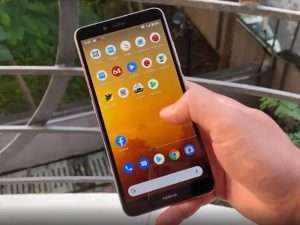Nokia Mobile Price
Nokia G400 is an upcoming mobile by Nokia. The phone is rumoured to come with a 120 Hz refresh rate display.Nokia G400 come with 6GB
Nokia G100 is an upcoming mobile by Nokia. The phone is rumoured to come with a 6.50-inch display. The Nokia G100 is expected to be
Nokia E1 is an upcoming mobile by Nokia. The phone is rumoured to come with a 5.20-inch touchscreen display offering a resolution of 720×1280 pixels.
Nokia Mobile Price in India
Looking for Nokia mobile price online? You have come to the right place. Here on Priceo, you can find latest Nokia mobile price for all models in all cities in India. Apart from finding the current price of all Nokia mobile phones, you can also compare Nokia smartphones price history for past 10 years.
Nokia has experienced tremendous growth in recent years, but it is also vulnerable to industry trends and competitive pressures. In the past, the company has been a leader in smartphone design, but its recent troubles have left the company with a relatively small market share. This is due in part to the company’s failure to adapt to rapidly changing consumer preferences. The company was forced to sell itself to Microsoft after failing to adapt to these changes and failed to maintain its leadership position.
The company has a history of revolutionary feature phones. In the early 1990s, Nokia introduced the Nokia 5110, which became a classic and a popular feature phone. It was the first phone to feature a replaceable faceplate and was the first to bundle the game Snake. The phone also featured a keyboard that you could remove and replace.
In 1994, the company’s board decided to de-leverage the company to focus on its core businesses. At the same time, Nokia’s business units were restructured and the workforce was replaced with aspiring engineers from Finland’s technical universities. The new management structure meant that the company’s top executives had fewer details about the performance of each business unit. Nokia’s CEO, Kairamo, committed suicide in 1988, resulting in an ugly political battle for leadership. However, Nokia’s supervisory board chose not to engage in the battle, as they wanted to protect their business interests.
Nokia entered the services market in the 1990s with the launch of Club Nokia, a website that allowed users to download music and applications. This was a very similar concept to today’s iTunes and app stores. However, carriers were not happy about Nokia intruding into their role and saw it as a threat to their own software ecosystem. As a result, carriers punished Nokia for this and started pushing other devices, which had a negative impact on Nokia’s phone sales.
Nokia’s decline in the smartphone market cannot be attributed to a single reason, but rather to the company’s failure to recognize changing consumer preferences. Nokia thought it had a stronghold in the market, but failed to recognize that it needed to diversify and introduce new products more frequently. It was also too slow to adapt to newer operating systems and social networks. The company failed to see that consumers would prefer smartphones with more features.
The Finnish company began to crystallize itself into a telecom giant in the 1980s. Mobira Oy, a joint venture between Nokia and the Finnish TV manufacturer Salora, launched the Nordic Mobile Telephone service in 1989. The mobile phone network was the world’s first fully automated cellular network system, and the first to allow international roaming. This system formed the foundation for the 1G cellular standards that Nokia would later adopt.
Nokia is an incredibly old company, with a history that goes back a long way. It is now the world’s third largest maker of network equipment. Nokia has acquired Withings, a digital health company, and has also entered the smartphone market with a licensing agreement with HMD Global. Nokia’s patents are an important part of its business, and the company continues to license its technology to other companies.






















